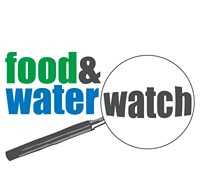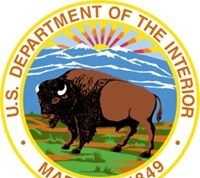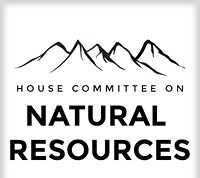EPA Provides $950,000 to Improve Water Quality Using Green Infrastructure in 17 Communities; $50,000 Each Awarded to Cities of Atlanta, Ga. and Beaufort, S.C.
ATLANTA – July 25, 2012 – (RealEstateRama) — The U.S. Environmental Protection Agency (EPA) announced that it is providing $950,000 to help 17 communities expand green infrastructure use to improve water quality and protect people’s health and benefit communities. The City of Atlanta, Ga., and the City of Beaufort, S.C., were among those selected for funding, and each received $50,000 grants.
Green infrastructure uses vegetation and soil to manage rainwater where it falls, keeping polluted stormwater from entering sewer systems and waterways in local communities. The EPA funding is intended to increase incorporation of green infrastructure into stormwater management programs, protect water quality, and provide community benefits including job creation and neighborhood revitalization.
“Effective stormwater management is one of the most widespread challenges to water quality in the nation,” said Nancy Stoner, EPA’s Acting Assistant Administrator for Water. “Polluted stormwater can be harmful to the health of our nation’s waterbodies. These funds will help expand the use of green infrastructure, revitalize local neighborhoods and help safeguard people’s health and the environment.”
EPA is awarding the funds to diverse communities across 16 states. Some communities – like Beaufort, South Carolina and Neosho, Missouri – are small towns in urban growth areas interested in preserving and protecting their healthy waterways. Others – such as Camden, New Jersey and Pittsburgh, Pennsylvania – are large cities interested in adding green infrastructure into their redevelopment projects to restore degraded urban waters and help revitalize their communities. The selected communities also provide an opportunity to demonstrate the potential of green infrastructure across a range of climate zones.
Green infrastructure captures and filters pollutants by passing stormwater through soils and retaining it on site. Effective green infrastructure tools and techniques include green roofs, permeable materials, alternative designs for streets and buildings, trees, rain gardens and rain harvesting systems. Communities are increasingly using green infrastructure to supplement or substitute for single-purpose “gray” infrastructure investments such as pipes, filters, and ponds. The “green” alternative is often less expensive than structural solutions, and can help reduce costs of flooding in neighborhoods receiving the benefits.
In April 2011, EPA renewed its commitment to green infrastructure with the release of the “Strategic Agenda to Protect Waters and Build More Livable Communities through Green Infrastructure.” The agenda identifies community partnerships as one of five key activities that EPA will pursue to accelerate the implementation of green infrastructure and EPA announced partnerships with 10 “model communities”.
In February 2012, EPA announced the availability of $950,000 in technical assistance to a second set of partner communities to help overcome some of the most common barriers to green infrastructure. EPA received letters of interest from over 150 communities across the country.
More information: http://water.epa.gov/infrastructure/greeninfrastructure/gi_support.cfm
















